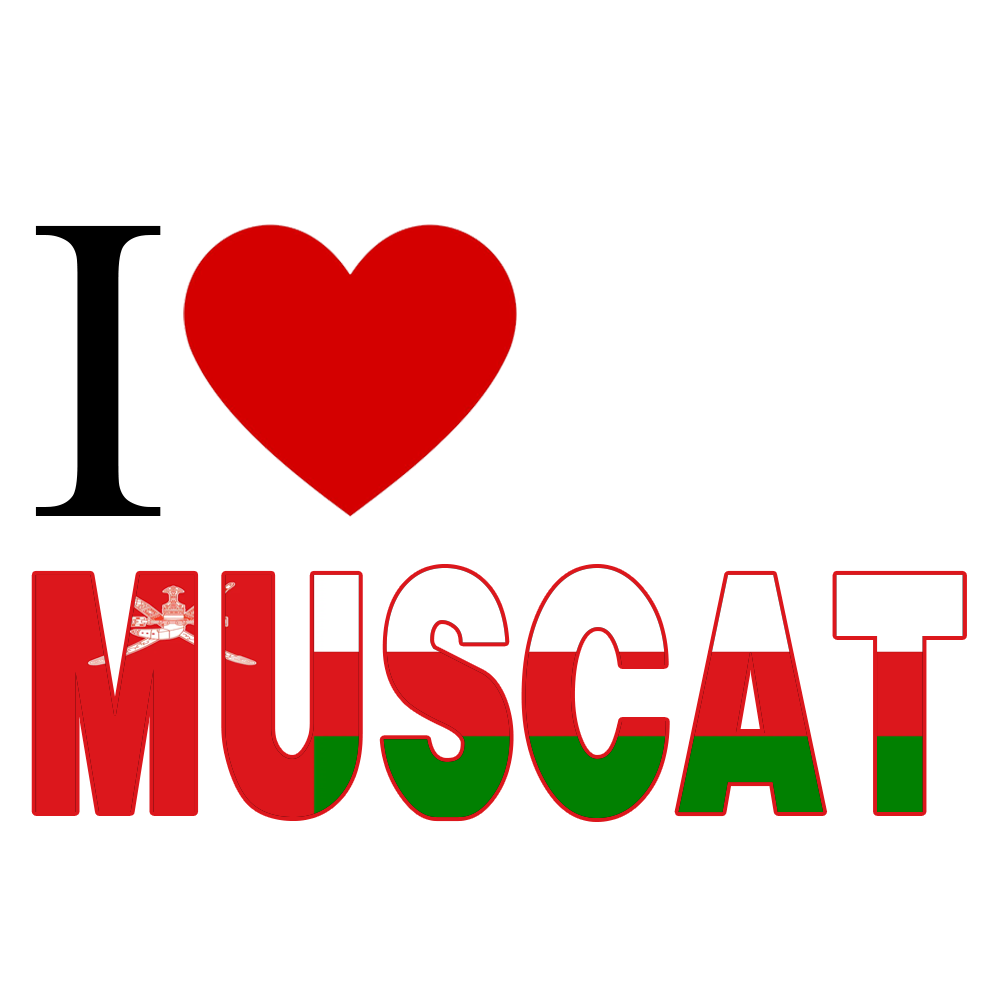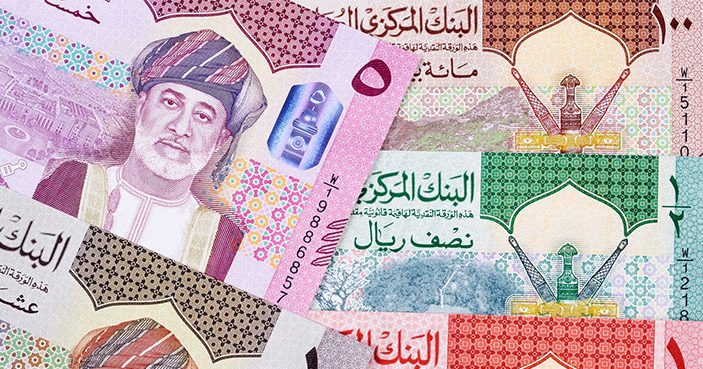In today’s interconnected global economy, the ripples of U.S. trade policies are felt far beyond its borders. Among the most significant of these policies are tariffs—taxes imposed on imports or exports. While tariffs are usually aimed at protecting domestic industries, they often create a domino effect across global markets. One region that could be affected by shifts in U.S. tariff policy is the Gulf Cooperation Council (GCC), comprising Bahrain, Kuwait, Oman, Qatar, Saudi Arabia, and the United Arab Emirates.
Let’s explore how U.S. tariffs could potentially impact the banks and economies of GCC countries.
1. Impact on Oil Prices and Energy Exports
GCC economies are heavily reliant on oil and gas exports, and U.S. tariffs can indirectly influence global oil prices. If the U.S. imposes tariffs on major oil-consuming nations like China, it can reduce demand for oil due to slowed economic growth in those countries. This in turn leads to lower global oil prices, affecting the export revenues of GCC nations.
For example, if China’s economy slows down due to higher U.S. tariffs, their demand for oil could drop. This impacts GCC nations like Saudi Arabia and Kuwait, whose national revenues are oil-dependent, putting pressure on government budgets and development plans.
2. Banking Sector Vulnerabilities
GCC banks are deeply integrated with global financial markets and often finance large infrastructure and development projects backed by oil revenues. A fall in oil prices, spurred by slowing global trade, could lead to tighter liquidity and increased credit risks for these banks.
Lower government revenues may result in reduced spending on public projects, which are typically a major source of lending for regional banks. This can lead to slower loan growth and higher non-performing loans, especially in sectors like construction and real estate.
3. Currency Pressures and Exchange Rate Volatility
Most GCC countries peg their currencies to the U.S. dollar. When tariffs lead to uncertainty in global markets, capital may flow toward the U.S. as a safe haven, strengthening the dollar. A stronger dollar makes non-oil exports from the GCC more expensive and less competitive in global markets.
Moreover, GCC countries may face challenges in maintaining their currency pegs if oil revenues decline, putting pressure on foreign reserves and central bank policies.

4. Slower Foreign Investment
Foreign investors closely watch global trade dynamics. When U.S. tariffs disrupt supply chains and trade flows, investor confidence weakens—especially in emerging and developing markets. GCC economies, despite their wealth, are still considered developing in terms of market structure.
Reduced investor confidence may lead to lower foreign direct investment (FDI) and less participation in capital markets, both of which are vital for diversifying the region’s economic base.
5. Trade Diversification and Strategic Opportunities
On the flip side, U.S. tariffs might push GCC countries to diversify their trade partnerships and reduce their dependence on Western markets. This could accelerate economic reforms and boost trade with Asia, Africa, and within the GCC region itself.
Banks could benefit from this shift by supporting trade finance, cross-border transactions, and the growth of non-oil sectors like tourism, logistics, and manufacturing.
6. Geopolitical Uncertainty and Investor Sentiment
Trade wars often heighten global uncertainty. In such an environment, investors may view the Middle East as a riskier region due to its proximity to geopolitical flashpoints. This perception can raise borrowing costs for GCC governments and corporations in global markets, affecting investment flows and financial stability.
- Top 5 Must-Visit Gadget Stores in Muscat for 2025
- Indian manufacturing booms in April as exports see biggest leap in 14 years
- 4th China-CEEC Expo & International Consumer Goods Fair Opens in Ningbo, with Estimated Import Purchases from CEECs Exceeding 10 Billion Yuan
- France expresses strong support for India against terrorism, trade ties deepen: Piyush Goyal
- Oman Mandates IBAN for Domestic Transfers from July 2025
- India’s electricity demand to grow at 6-6.5% over next 5 years: ICRA

